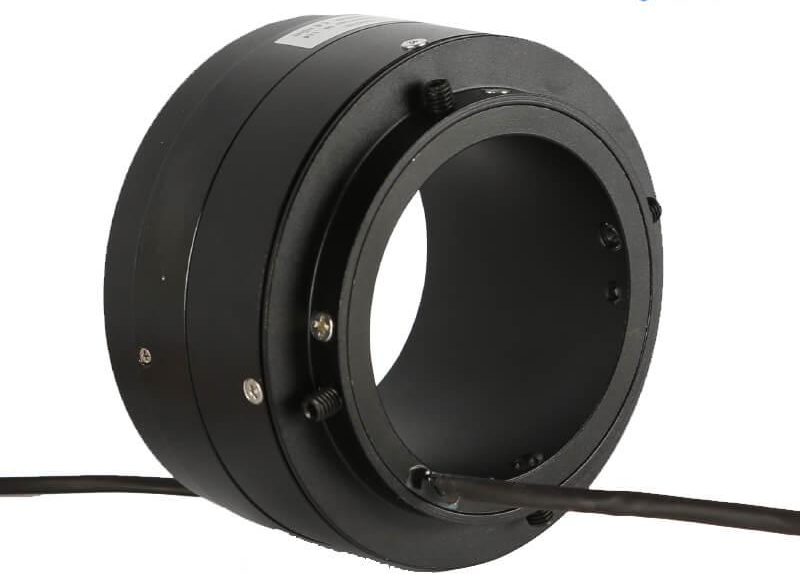Slip ring technology has been around for decades, but its application in medical imaging is relatively new. This technology is revolutionizing the way medical professionals diagnose and treat patients, allowing for more accurate and detailed imaging than ever before. In this article, we’ll explore how slip ring technology is being used in medical imaging and the potential benefits it could bring to the medical field.
What is Slip Ring Technology?
Slip ring technology is a type of electrical connector that allows for the transfer of power and data between two rotating objects. It is commonly used in applications such as wind turbines, robotics, and medical imaging. In medical imaging, slip ring technology is used to connect the imaging device to the patient, allowing for the transfer of data between the two. This technology allows for the imaging device to rotate around the patient, providing a more detailed and accurate image.
Benefits of Slip Ring Technology in Medical Imaging
Slip ring technology offers a number of benefits when used in medical imaging. First, it allows for the imaging device to rotate around the patient, providing a more detailed and accurate image. This can be especially useful in cases where the patient is unable to remain still for a long period of time. Additionally, slip ring technology can reduce the amount of radiation exposure to the patient, as the imaging device can be moved away from the patient when not in use.
Slip ring technology also allows for the imaging device to be connected to other medical devices, such as monitors or other imaging devices. This can be especially useful in cases where multiple imaging devices are needed to get a more detailed image. Finally, slip ring technology can reduce the amount of time needed to complete an imaging procedure, as the imaging device can be moved quickly and easily around the patient.
Slip ring technology is revolutionizing the way medical professionals diagnose and treat patients. This technology allows for the imaging device to rotate around the patient, providing a more detailed and accurate image. Additionally, slip ring technology can reduce the amount of radiation exposure to the patient, as well as reduce the amount of time needed to complete an imaging procedure. As this technology continues to be developed and refined, it has the potential to revolutionize the medical field and improve patient care.
See What We Can Do

